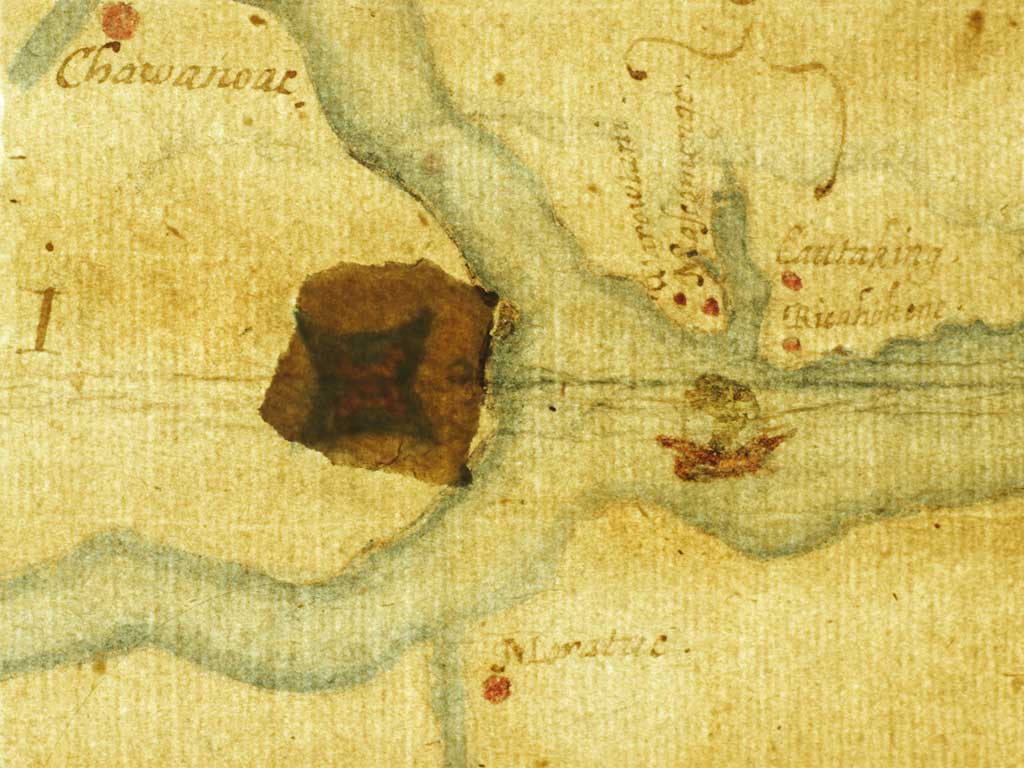Map may solve the mystery of Raleigh's 'lost colony'

The fate of Sir Walter Raleigh's famed "lost colony" in the New World – and the disappearance without trace of more than 100 English settlers – has been an unsolved mystery for 400 years.
That so many men, women and children could simply vanish has become the stuff of American folklore. Many assume they were either slaughtered by native American Indians or assimilated into their communities.
Now, a clue has emerged that experts hope could help solve the mystery of the settlers' disappearance, and lead them to the site of what Raleigh and Queen Elizabeth hoped would be a capital – the first English attempt at colonisation.
Concealed on an Elizabethan map of the east coast of North America, but now identified by the British Museum, is a clue to the colony's location drawn in what appears to be invisible ink, further disguised by a barely-discernible patch of paper glued to it.
Scientific tests have revealed that a lozenge, the symbol for a fort, was hidden on the map, drawn by John White, who accompanied Raleigh's first attempts to establish a colony. White led the settlers who were to establish the "Cittie of Raleigh", which he was to govern.
Its concealment on the map reflects an age mired in political intrigue – Queen Elizabeth I was then facing plots to place the Catholic Mary Queen of Scots on the English throne – and fears such a map might fall into the hands of court spies.
Invisible ink was concocted at that time from milk, citrus juice or urine, and usually revealed by applying heat.
An official announcement will be made today, but an excavation of the site, which is farmland today, is planned.
The tests were conducted by the British Museum's curator, Kim Sloan, and scientist Janet Ambers after a request by Brent Lane, a professor at the University of North Carolina and a director of the First Colony Foundation, which conducts archaeological and historical research.
Yesterday, he described receiving photographs showing the hidden fort: "I marvelled at it. It was as if Sir Walter Raleigh had sent me an email ... saying 'This was my ... capital'."
The discovery prompted "an intake of breath", he said, because the search for this colony had gone on for 400 years. The "prominent location" of the fort symbol suggests, he believes, that it may have been where Raleigh decided to locate his capital.
Professor Lane said that in Spanish archives there were spy reports on Raleigh and his colony: "Raleigh had every reason to be concerned," he said.
Subscribe to Independent Premium to bookmark this article
Want to bookmark your favourite articles and stories to read or reference later? Start your Independent Premium subscription today.

Join our commenting forum
Join thought-provoking conversations, follow other Independent readers and see their replies